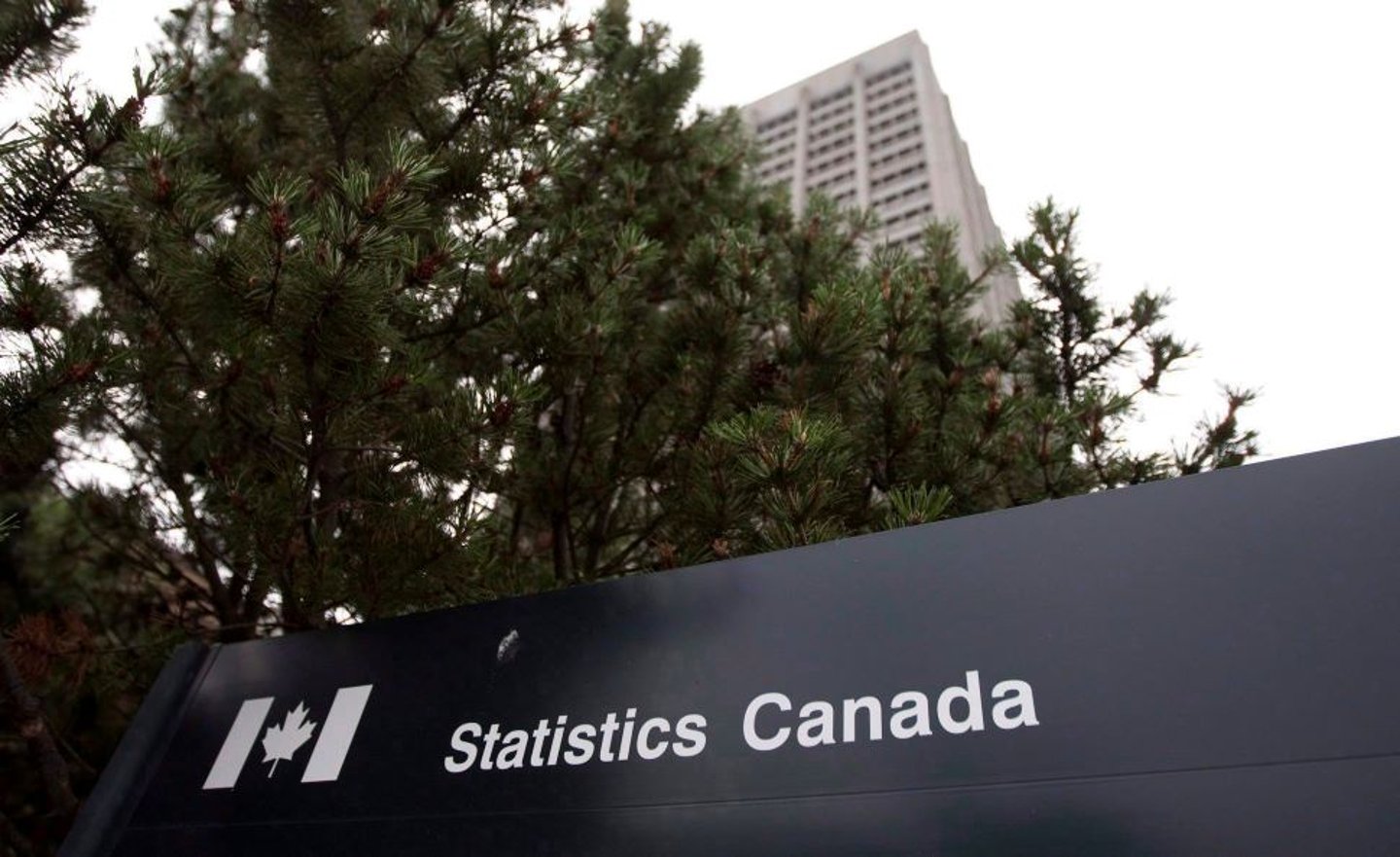Canada’s inflation rate ticks back up to 2% in October, StatCan says
Canada’s inflation rate rose to 2% last month, up from 1.6% in September, as gasoline prices exerted less downward pressure on annual price growth.
The report from Statistics Canada on Tuesday says prices in October increased at a faster annual pace in five out of the eight major components of the consumer price index.
A major driving factor of the uptick in headline inflation was gasoline prices on an annual basis falling to a lesser extent in October compared with September. With inflation back around the Bank of Canada’s 2% target, the central bank is still expected to continue cutting interest rates in the coming months, including in December.
The size of the next rate cut, however, will be driven by the central bank’s interpretation of economic data, including the October inflation figures.
The central bank’s interest rate cuts have helped take pressure off shelter price inflation as mortgage interest costs decelerate.
READ: Jobless rate holds steady at 6.5% in October amid weak hiring
Pressure in the rental market has also relented, with rent rising 7.3% from a year ago, down from an 8.2% annual gain in September. Property taxes and other special charges rose at the fastest annual pace since 1992, increasing six % from a year ago. That was up from a 4.9% annual increase in October 2023.
Meanwhile, grocery prices increased faster last month, rising 2.7% from a year ago.
The Bank of Canada’s preferred core measures of inflation, which strip out volatile prices, picked back up again last month.
Here's a list of October inflation rates for selected Canadian cities
Canada's annual inflation rate was 2% in October, Statistics Canada says. The agency also released rates for major cities, but cautioned that figures may have fluctuated widely because they are based on small statistical samples (previous month in brackets):
— St. John's, N.L.: 1.3% (1.1)
— Charlottetown-Summerside: 1.7% (1.4)
— Halifax: 1.8% (1.2)
— Saint John, N.B.: 1.8% (0.8)
— Quebec City: 1.4% (1.2)
— Montreal: 2.0% (1.8)
— Ottawa: 2.1% (2.4)
— Toronto: 2.3% (2.4)
— Thunder Bay, Ont.: 2.1% (2.3)
— Winnipeg: 1.3% (0.9)
— Regina: 2.0% (0.8)
— Saskatoon: 1.7% (0.8)
— Edmonton: 2.9% (1.8)
— Calgary: 3.3% (2.1)
— Vancouver: 2.2% (1.7)
— Victoria: 2.0% (1.9)
— Whitehorse: 2.2% (1.8)
— Yellowknife: 2.4% (1.2)
— Iqaluit: 1.5% (1.5)



